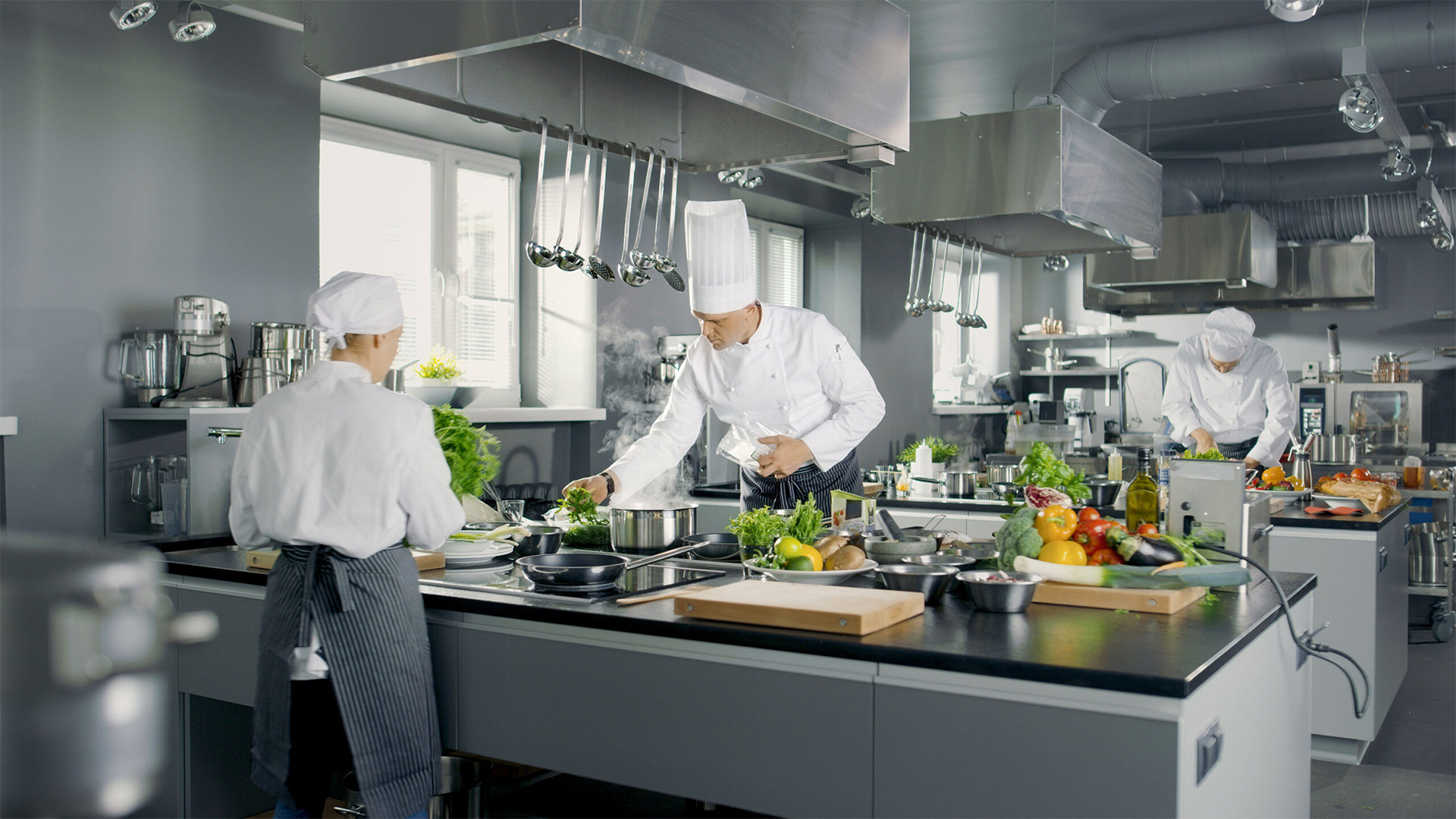Designing a commercial kitchen entails a meticulous approach to planning and equipping a space that stands as the heart of your foodservice establishment. In this guide, we’ll explore the essential elements to consider to facilitate a smooth and efficient operation in your commercial kitchen.
Introduction
When setting up a commercial kitchen, there are several aspects to consider, including efficiency, safety, and hygiene. Our comprehensive guide will walk you through the key elements of designing a commercial kitchen that meets all regulatory standards while optimizing space and functionality.
Understanding Your Space
- Size and Layout: It’s crucial to start with a clear understanding of the space available. Consider how to best optimize the space by envisioning the workflow of your kitchen. The design should foster a smooth transition from one section to another, enhancing efficiency and reducing accidents.
- Ventilation: Ensure that your kitchen design allows for adequate ventilation. This not only complies with the health and safety regulations but also ensures the comfort and well-being of your kitchen staff.
- Lighting: A well-lit kitchen can enhance productivity. Ensure there is sufficient lighting in crucial areas including prep zones and cooking stations.
Selecting the Right Equipment
- Quality Over Quantity: When purchasing equipment, focus on acquiring high-quality items that will stand the test of time, instead of opting for numerous cheaper alternatives.
- Energy-Efficient Appliances: Consider investing in energy-efficient appliances to reduce utility costs and promote sustainability.
Hygiene and Safety
- Flooring: The choice of flooring can significantly impact the cleanliness and safety in the kitchen. Opt for non-slip, easy-to-clean flooring materials to maintain a hygienic environment.
- Surfaces: Similarly, choosing the right surfaces is vital. Stainless steel is a popular choice due to its durability and ease of cleaning.
Putting it all Together
- Consulting a Professional: Before finalizing your kitchen design, it’s advisable to consult with a professional kitchen designer who can help refine your plans and ensure that you’re meeting all necessary regulations.
- Training Staff: Once the kitchen is set up, take time to train your staff adequately. Educating them on the correct usage of the new equipment and the workflow will be beneficial in the long run.
Conclusion
Creating a well-designed commercial kitchen is a substantial undertaking that requires meticulous planning and execution. By focusing on efficiency, safety, and hygiene, you can set up a kitchen that meets regulatory standards and offers an optimum working environment for your staff. Follow this guide to embark on your journey to building a successful commercial kitchen.







